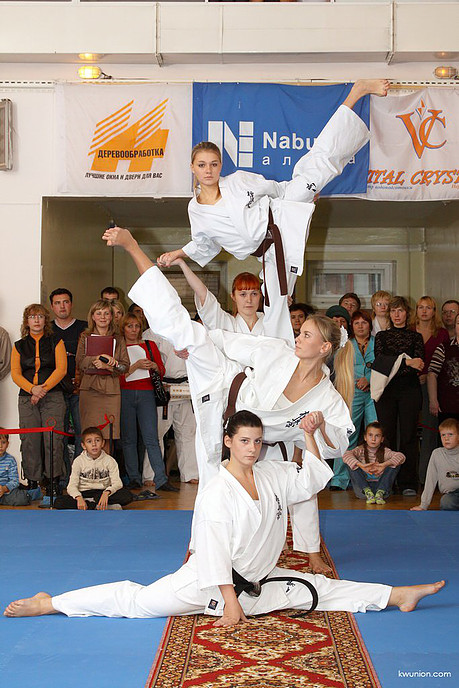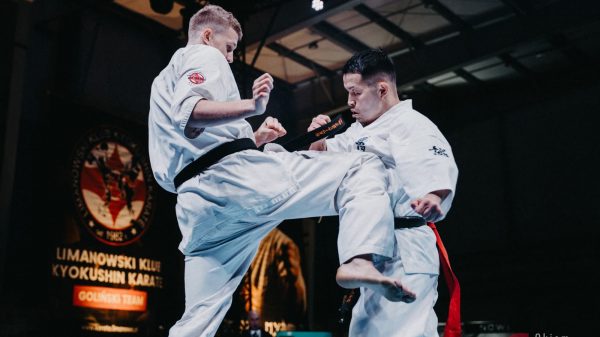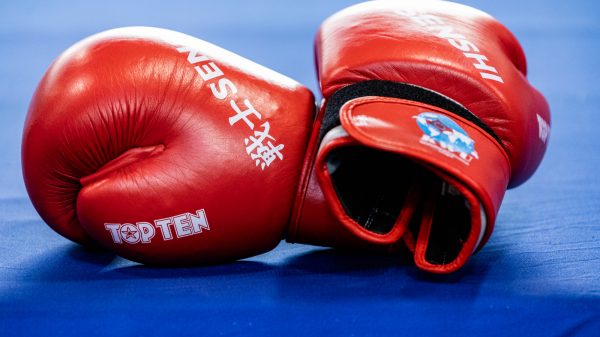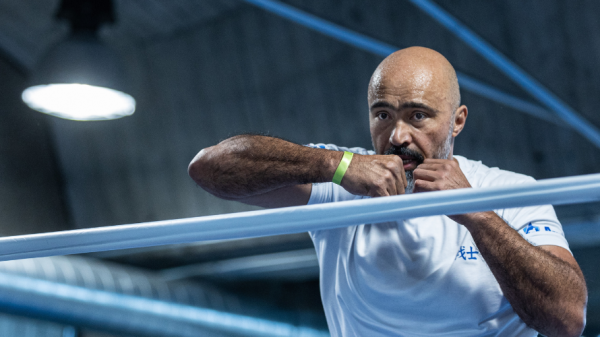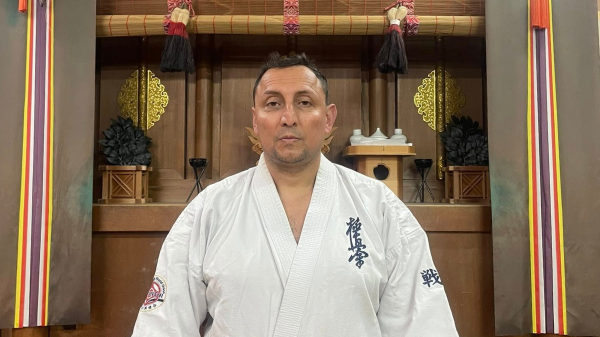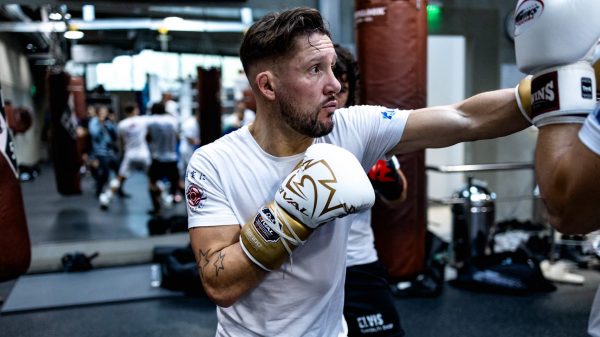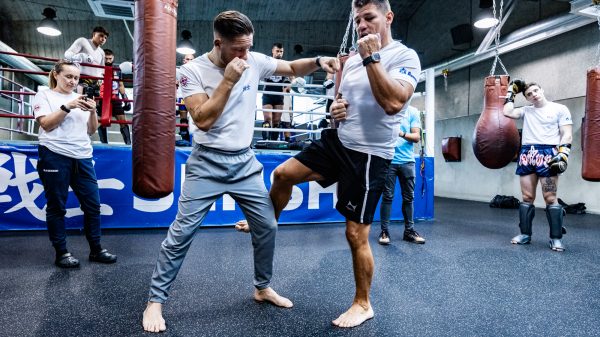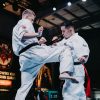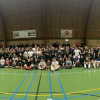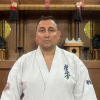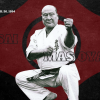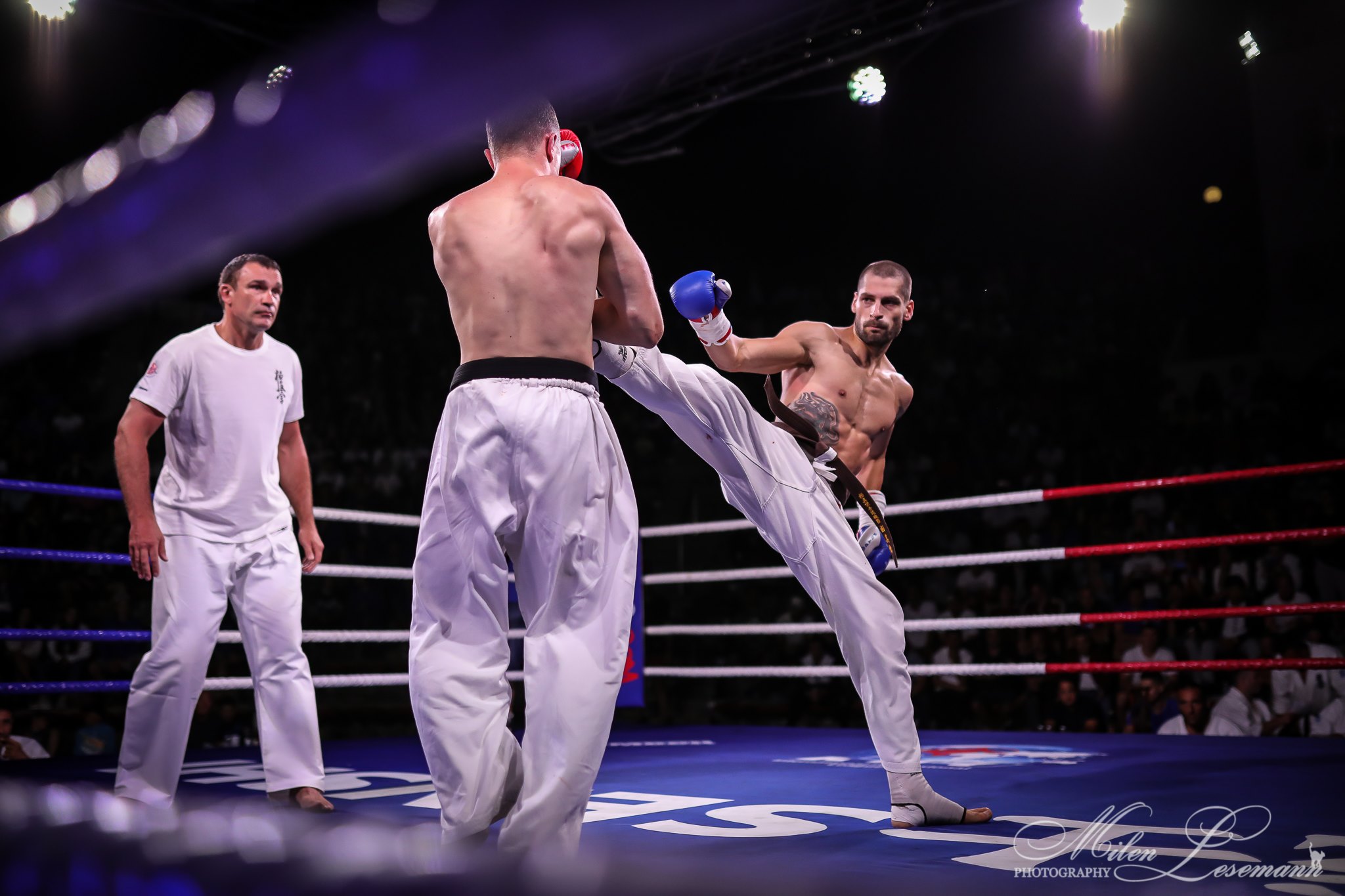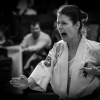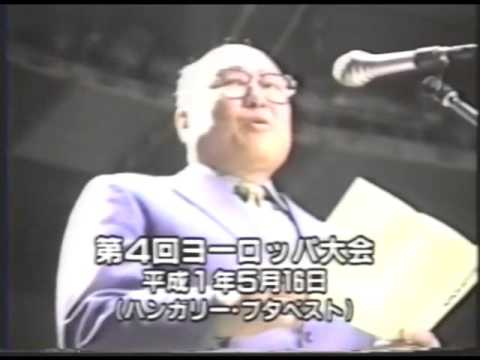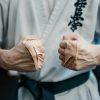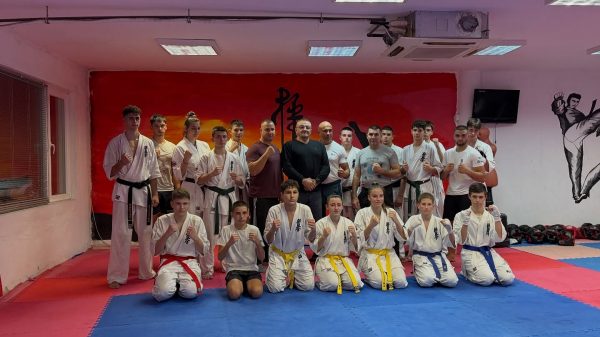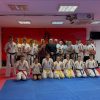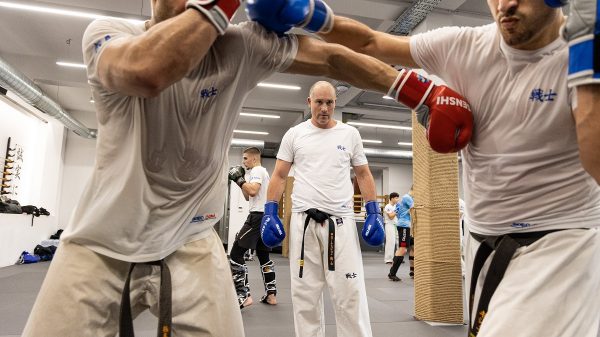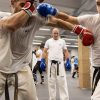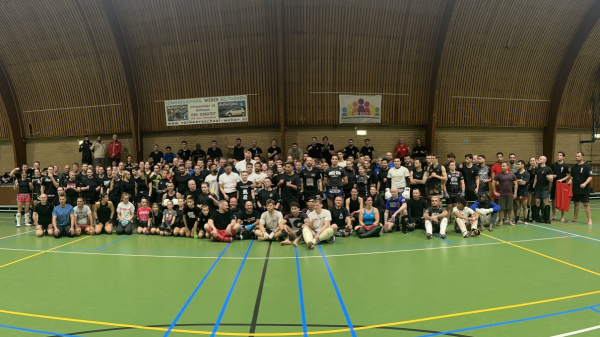Kata is a formal exercise and must begin and end with a polite and genuine bow
1. ”Live” the techniques while performing Kata. Create the image of your attacker, thus performing the appropriate technique. Consider, re-consider, practice each technique and constantly evaluate yourself.
2. Understand the sophistication of power generation in each and every movement of Kata.
3. Become one with the Kata and flow with the rhythm of movement.
4. Strive for perfection of form and movement. With repetitive practice project your spirit outwardly.
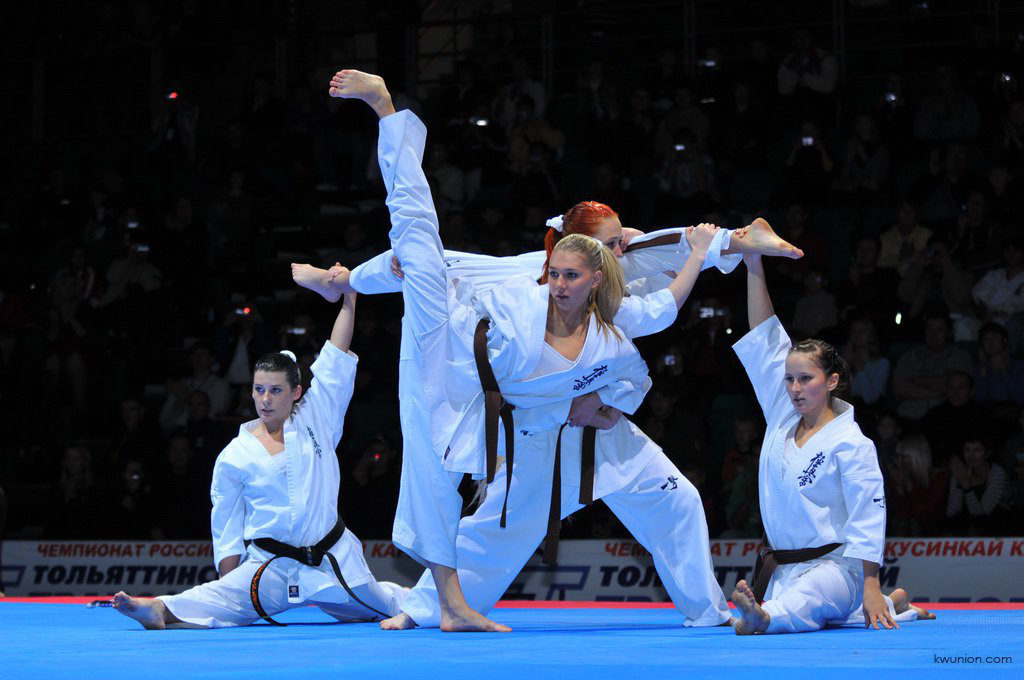
5. Breath must be natural and co-ordinate with your movement. No straining or overdoing of breath or technique to create a spectacle.
[bctt tweet=”Become one with the Kata and flow with the rhythm of movement” username=”kwunion”]
6. Kata is a formal exercise and must begin and end with a polite and genuine bow as a sign of respect to past and present Masters that have devoted their lives passing down Kata for our personal development.
7. The eyes are very important in Kata, as they show understanding of Kata bunkai. They lead the body to the next movement, especially when changing direction. The sequence is: Eyes & feet, body, limbs.
8. Children should train expansive movements to increase flexibility.
9. Kata must be practiced repetitively to develop awareness of movement.
10. As soon as you bow you are alert and ready, showing zanshin. Your body should be sensitive like a “radar”.
11. Your focus is on the imaginary opponent, but is soft to accommodate peripheral vision.
12. When changing direction the eyes (& head) turn smoothly, not jerked around to the new direction. The smooth transition allows you to see and take all that is between the old focus and the new focus. If you jerk your head around you will miss all this information.
13. At the finishing bow wait 3 seconds between the final yoi position and bow to regulate your breathing and show zanshin
14. Pause in kamae postures long enough to emphasize your awareness in between each technique. Complete each technique clearly before continuing to the next.
15. Relax your mind as well as your body during Kata. Do this in yoi position at the start, allowing greater concentration and awareness during Kata.
16. Kata must be practiced in a serious manner to radiate vitality in each movement. A casual, uncaring attitude and becoming angry at oneself would be considered an outrage.
[bctt tweet=”Your focus is on the imaginary opponent, but is soft to accommodate peripheral vision” username=”kwunion”]
